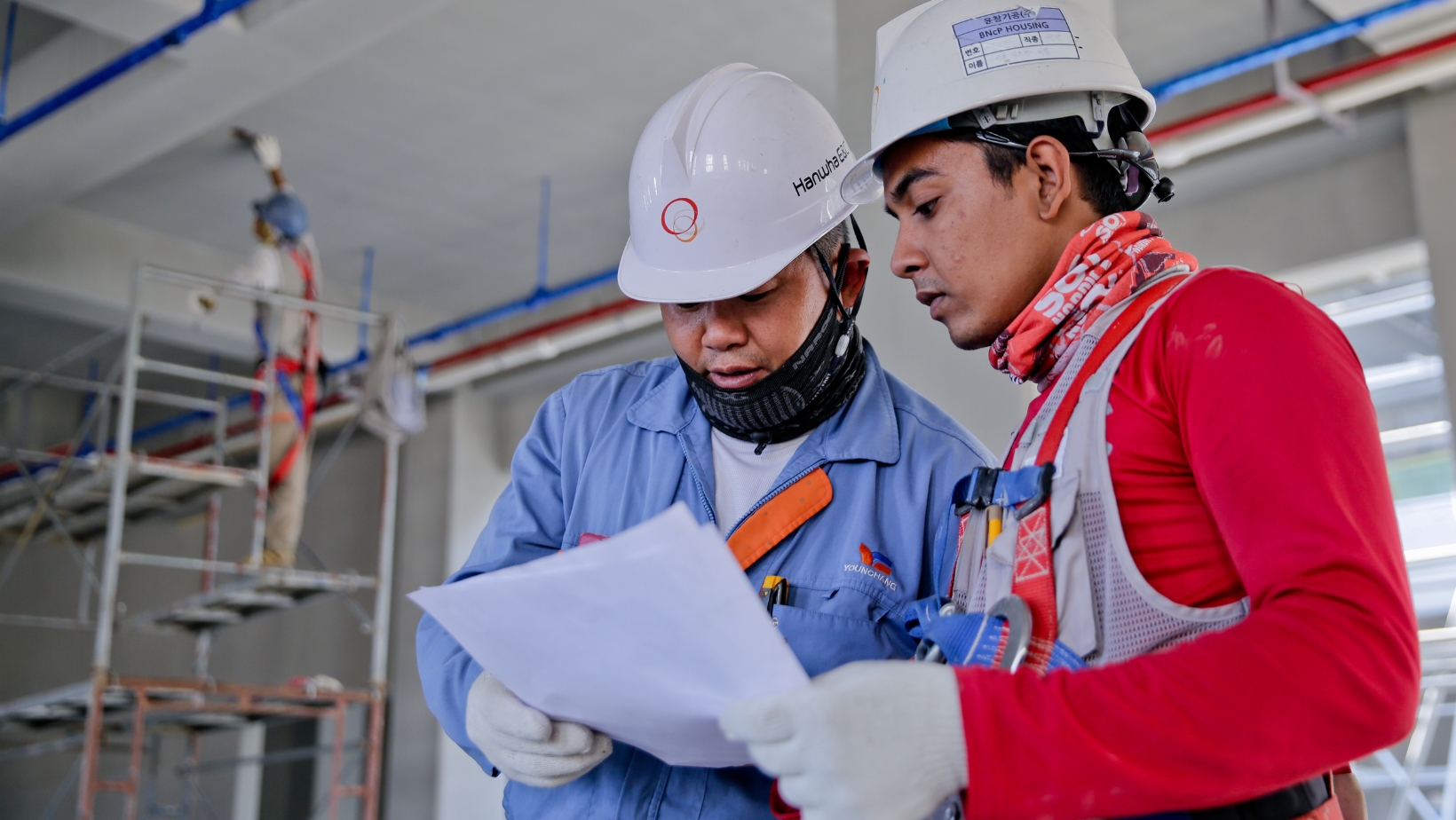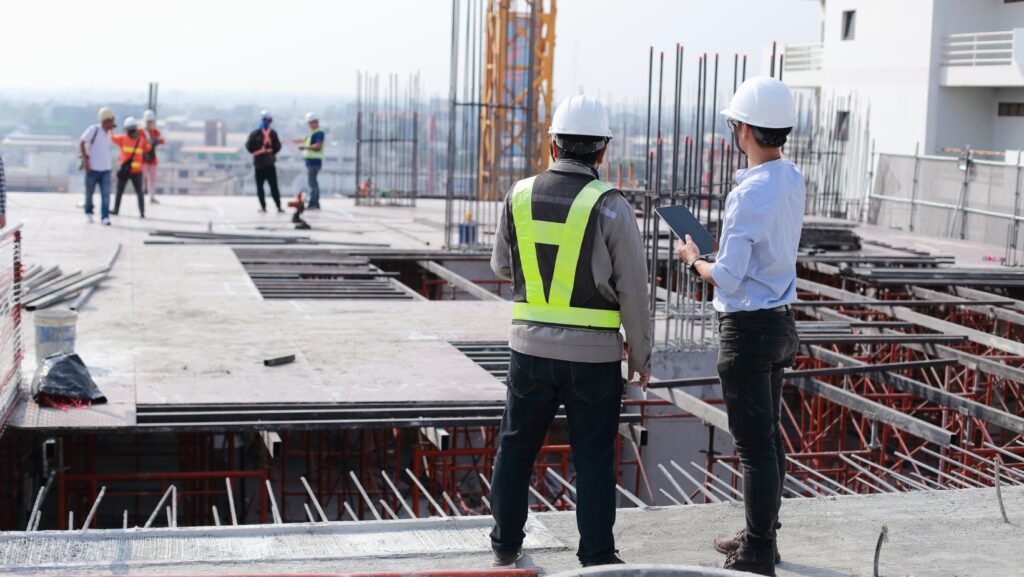Imagine you’re managing a construction project, and everything is running smoothly—until an unexpected delay, cost overrun, or safety issue throws everything off track. Sound familiar? Construction projects are filled with uncertainties, and if you don’t prepare for them, they can derail your entire timeline and budget.
That’s where risk management comes in. Identifying and mitigating risks early on can save you time, money, and stress. In this guide, we’ll explore the common risks in construction projects and practical strategies to reduce them so you can keep your projects on schedule and within budget.
Common Risks in Construction Projects
Every construction project comes with risks. The key is knowing what to watch for so you can plan accordingly. Here are the most common risks that can impact your project:
1. Financial Risks
- Budget overruns due to unexpected costs.
- Inflation and rising material prices.
- Poor cost estimation leads to funding shortages.
- Delayed payments from clients.
2. Safety Risks
- Workplace accidents cause injuries or fatalities.
- Failure to comply with OSHA (Occupational Safety and Health Administration) regulations.
- Working in hazardous conditions (heights, confined spaces, etc.).
- Lack of proper safety training for workers.
3. Legal & Regulatory Risks
- Issues with permits and approvals.
- Breach of contract disputes.
- Violations of environmental and labor laws.
- Changes in construction regulations that affect ongoing projects.
4. Project Delays
- Unpredictable weather conditions disrupting work.
- Labor shortages or worker strikes.
- Delays in material supply or defective materials.
- Design changes or poor planning lead to rework.
5. Design & Engineering Risks
- Errors in blueprints or design flaws.
- Scope creep—frequent changes in project scope.
- Miscommunication between architects, engineers, and contractors.
- Inadequate site surveys lead to unexpected site conditions.
How to Identify Risks in Construction Projects
Risk management starts with early identification. Here’s how you can spot risks before they become major issues:
1. Conduct a Thorough Risk Assessment
Before starting any project, hold a meeting with stakeholders to brainstorm potential risks.

Use past project data, conduct site inspections, and review all project plans to identify potential weak spots.
2. Use Historical Data
Look at previous projects similar to yours. What problems did they face? Learning from past mistakes can help you anticipate risks and prepare solutions in advance.
3. Consult Experts and Stakeholders
Construction projects involve multiple parties—contractors, suppliers, architects, and government agencies. Gathering input from experienced professionals ensures you don’t overlook critical risks.
4. Leverage Technology
Modern tools like Building Information Modeling (BIM) and project management software can help detect design errors, forecast delays, and improve communication among teams.
Strategies to Reduce and Mitigate Construction Risks
Once you’ve identified potential risks, the next step is to mitigate them. Here’s how you can reduce the impact of the most common risks in construction:
1. Managing Financial Risks
- Create a detailed and realistic budget that includes contingency funds.
- Monitor cash flow regularly to avoid funding shortages.
- Work with multiple suppliers to prevent reliance on one source.
- Consider using fixed-price contracts to reduce unexpected cost fluctuations.
2. Enhancing Safety Measures
- Conduct regular safety training for all workers.
- Ensure workers wear the right Personal Protective Equipment (PPE).
- Perform daily site inspections to identify hazards before work begins.
- Have a clear emergency response plan in place for accidents.
3. Ensuring Legal Compliance
- Stay updated with building codes and regulations.
- Work with legal experts to review contracts before signing.
- Maintain accurate project documentation to avoid disputes.
- Get all necessary permits and approvals before beginning work.
4. Minimizing Project Delays
- Use construction scheduling software to keep track of progress.
- Plan for weather-related delays and adjust timelines accordingly.
- Hire and retain a reliable workforce to prevent labor shortages.
- Ensure materials are ordered well in advance to avoid supply chain issues.
5. Maintaining Design and Quality Control
- Use BIM (Building Information Modeling) to detect design flaws before construction starts.
- Perform regular quality checks during construction.
- Clearly define the project scope from the beginning to minimize unexpected changes.
- Ensure strong collaboration between architects, engineers, and construction teams.
The Role of Technology in Risk Management
Technology is transforming the way construction risks are managed, enhancing safety, efficiency, and decision-making.

Advanced tools are revolutionizing risk management in construction projects, helping teams anticipate and mitigate potential hazards before they escalate. Here’s how you can use it to your advantage:
1. AI and Predictive Analytics
- AI can analyze past project data to predict potential risks.
- Predictive analytics can help forecast cost overruns and delays before they occur.
2. Construction Management Software
- Platforms like Procore, Autodesk Construction Cloud, and PlanGrid help manage schedules, budgets, and communication.
- Real-time tracking ensures quick responses to issues before they escalate.
3. Drones and IoT Sensors
- Drones provide aerial site inspections to detect potential hazards.
- IoT sensors monitor equipment conditions to prevent mechanical failures before they happen.
Conclusion & Final Thoughts
Construction risks are inevitable, but they don’t have to derail your project. By proactively identifying risks, implementing safety measures, and leveraging modern technology, you can minimize disruptions and keep your projects on track.
The key is planning ahead. Don’t wait for a problem to arise—take action now to ensure your construction projects run smoothly, safely, and within budget.
Surrounding text: Consider seeking expert advice to create a comprehensive risk management plan. For professional guidance, construction & mining consulting services can help you navigate complex challenges and optimize your operations for long-term growth and stability.
Are you ready to improve your construction risk management? Start implementing these strategies today and set your project up for success!

